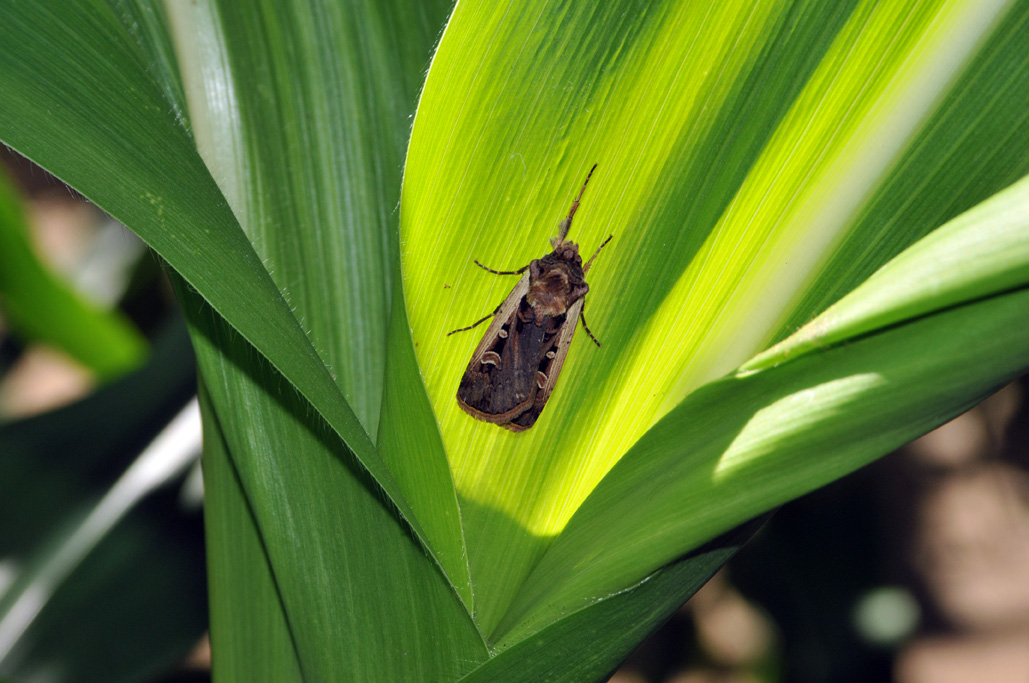Pheromone trapping began for western bean cutworm moths this past week. Though not initially impressive (see “Western Bean Cutworm Pheromone Trap Report”) this is just the beginning of an extended moth emergence and flight, with peak activity expected 2-3 weeks from now. Those in high-risk areas, i.e., sandy soils, high moth flight and western bean cutworm history, should be gearing up for field scouting of corn, even those with Bt-traits.
Remember that WBC larvae are no longer susceptible to most of the Bt traits in our corn hybrids (including those in SmartStax hybrids) and therefore scouting, followed by timely insecticide sprays are really the only reliable control option for the vast majority of producers in the zone where this insect is common. This is principally the northern tier of counties in Indiana, extending into Michigan and parts of Ohio. Only Bt hybrids expressing the Vip3a toxin will offer reliable control of this pest, so be sure to know what you have in your field and scout as needed. See this handy Bt Trait Table to check where your hybrids fit in terms of the pests managed. We will have additional updates in upcoming weeks, particularly if counts rise and eggs and larvae are found. Until then, happy scouting!



